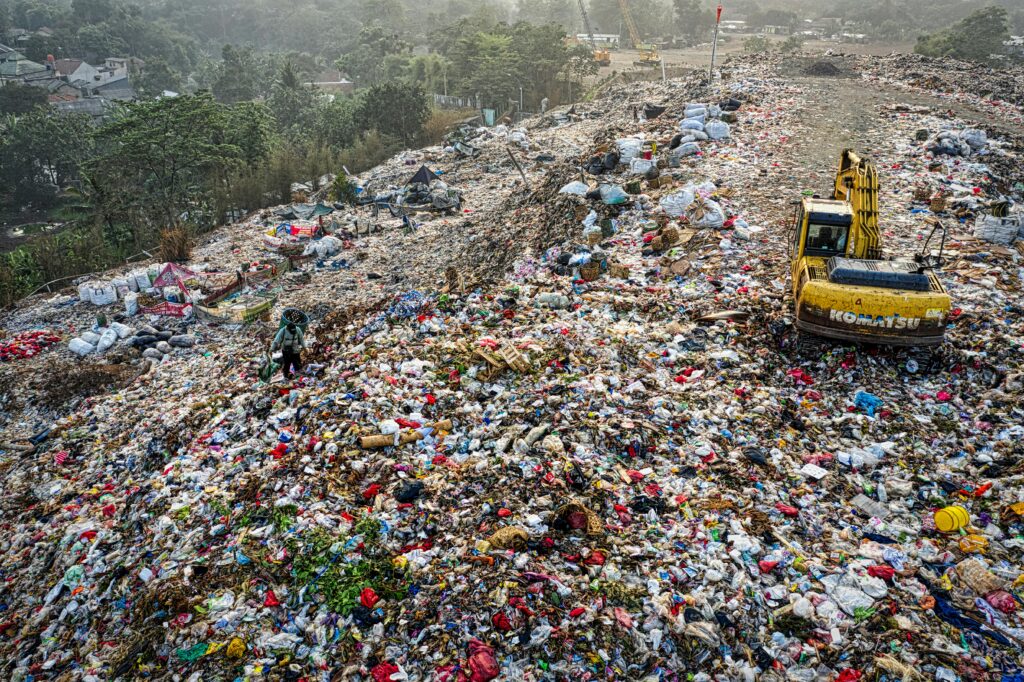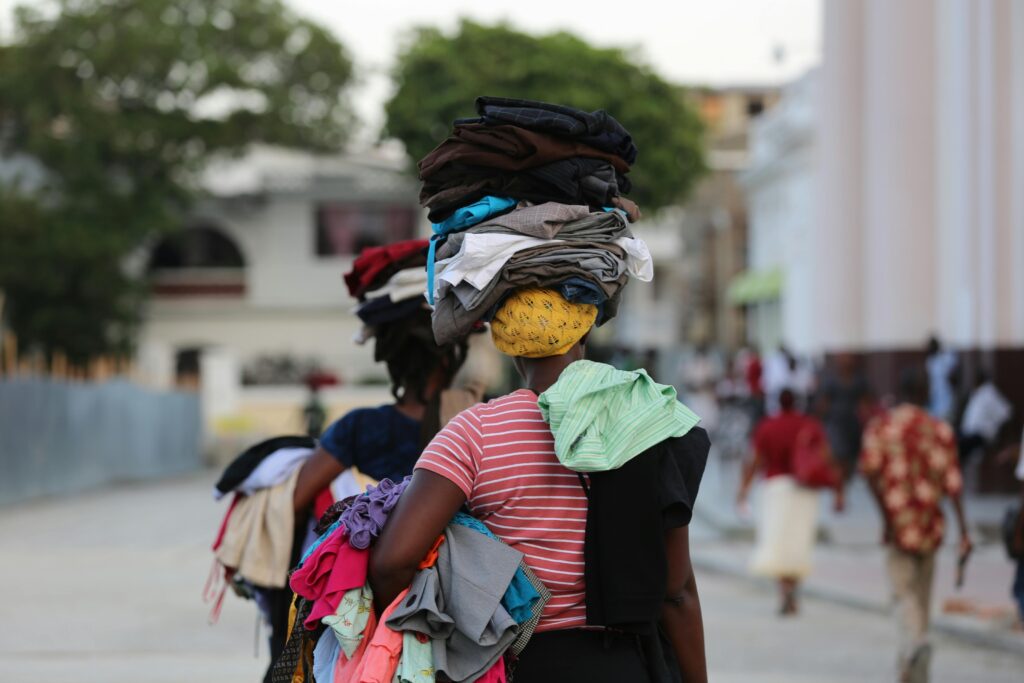In today’s fast-paced world, fashion has become an integral part of our lives. People are more conscious of their appearance and want to keep up with the latest fashion trends. The fashion industry is constantly evolving, and new trends emerge every season. As a result, consumers are always on the lookout for the latest styles and designs. In fact, staying on-trend is no longer limited to just fashion enthusiasts, but has become a mainstream concern for a wide range of consumers. As such, fashion brands and retailers are constantly striving to offer the latest designs and styles to meet the ever-changing demands of their customers.
However, this desire for new and trendy clothing has led to a negative impact on the environment. The production of clothing involves the use of resources such as water, energy, and raw materials, which can contribute to pollution and waste.
To know more about what is Fast Fashion click on the post below
What is Fast Fashion and why it is trending? – Green Glamour

The fashion industry is facing a critical challenge in terms of sustainability. The industry’s negative impact on the environment is significant, and it poses a threat to the planet’s health and well-being. Fast fashion practices, which involve the quick production and disposal of clothing, exacerbate the problem and put undue pressure on the environment. The fashion industry needs to be more sustainable to reduce its negative impact on the environment and to ensure that future generations can enjoy a healthy planet. Fast fashion and the overproduction of clothing contribute to pollution, waste, and exploitation of resources and labor.
Let’s briefly discuss each of these topics and learn why fashion needs to be more sustainable:
Waste and Pollution

Fast fashion is a major contributor to waste and pollution. The quick production and disposal of clothing create a significant amount of waste that ends up in landfills. According to the Environmental Protection Agency, in 2018, textiles accounted for 11.3 million tons of the total municipal solid waste generated in the United States. The production of clothing also involves the use of resources such as water, energy, and raw materials, which contribute to pollution. The use of synthetic fibers and chemicals in the production process further adds to the environmental impact. Therefore, fast fashion practices need to be addressed to reduce waste and pollution in the fashion industry.
Human and labor rights

Fast fashion also poses a threat to human and labor rights in the fashion industry. The fast production process often leads to poor working conditions and low wages for garment workers. Many workers in the fashion industry, particularly in developing countries, are subjected to long hours, low pay, and unsafe working conditions. Moreover, they may not have access to healthcare benefits or legal protection. The fast fashion industry’s focus on producing low-priced clothing at a rapid pace often leads to exploitation of labor. Therefore, it is crucial to address these issues and promote fair labor practices to ensure that workers are treated ethically and paid fairly. The fashion industry needs to take responsibility for ensuring that all workers involved in the production and supply chain are treated fairly and with dignity.
Public health

The production of cheap and trendy clothing has resulted in a rise in the amount of textile waste generated, which contributes to environmental pollution and poses health risks to communities. The toxic chemicals used in the production of these garments can contaminate soil and water, leading to environmental degradation and health hazards. Moreover, the harmful chemicals utilized in the production of these garments can have adverse effects on both the workers involved in the manufacturing process and the consumers who wear them. The workers who produce these garments are often exposed to toxic chemicals, which can cause skin irritation, respiratory problems, and other health issues. Similarly, consumers who wear these garments are also at risk of exposure to harmful chemicals, which can cause skin irritation, allergic reactions, and other health problems.
Resource depletion
Resource depletion is the gradual depletion of natural resources due to excessive human consumption. Fast fashion is a particularly concerning contributor to resource depletion. The fast fashion industry is based on the production of cheap, trendy clothing made from synthetic materials such as polyester and nylon. These materials are derived from non-renewable resources such as crude oil and natural gas, which are finite and will eventually be depleted. Additionally, the production of synthetic materials requires significant amounts of energy and water, contributing to resource depletion and environmental pollution.
To address this challenge, the fashion industry needs to adopt sustainable practices. By embracing sustainable practices, such as using eco-friendly materials, reducing waste, and promoting fair labor practices, the fashion industry can make a positive impact on the environment and society. it is crucial that we become more conscious of our fashion choices and make more sustainable decisions to minimize the environmental impact of the fashion industry.
Related blogs link
Challenges and Solutions in Sustainable Fashion – Green Glamour
What is Sustainable Fashion? – Green Glamour
Ultimate guide to buy secondhand clothes in 2024 – Green Glamour










1 Comment